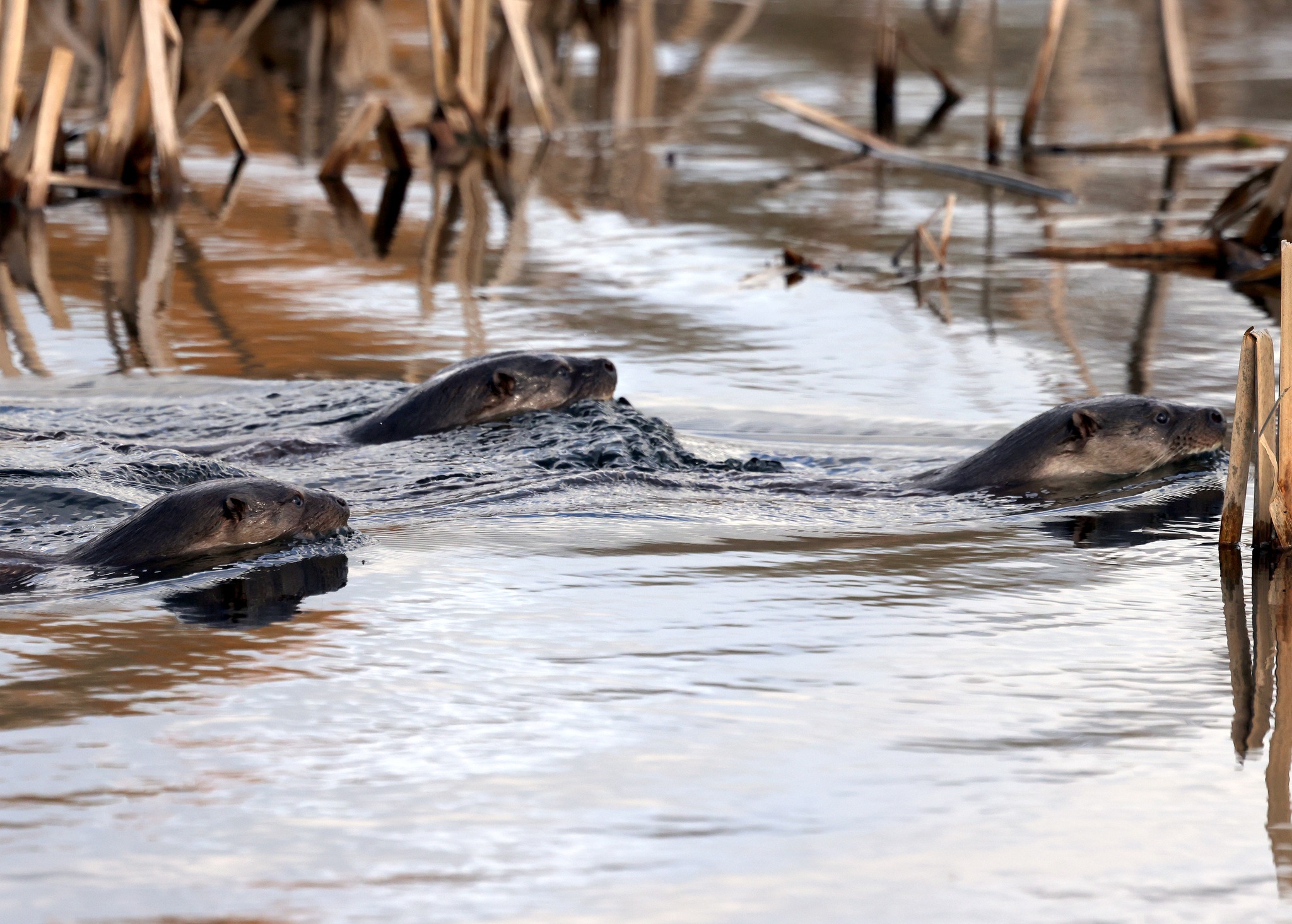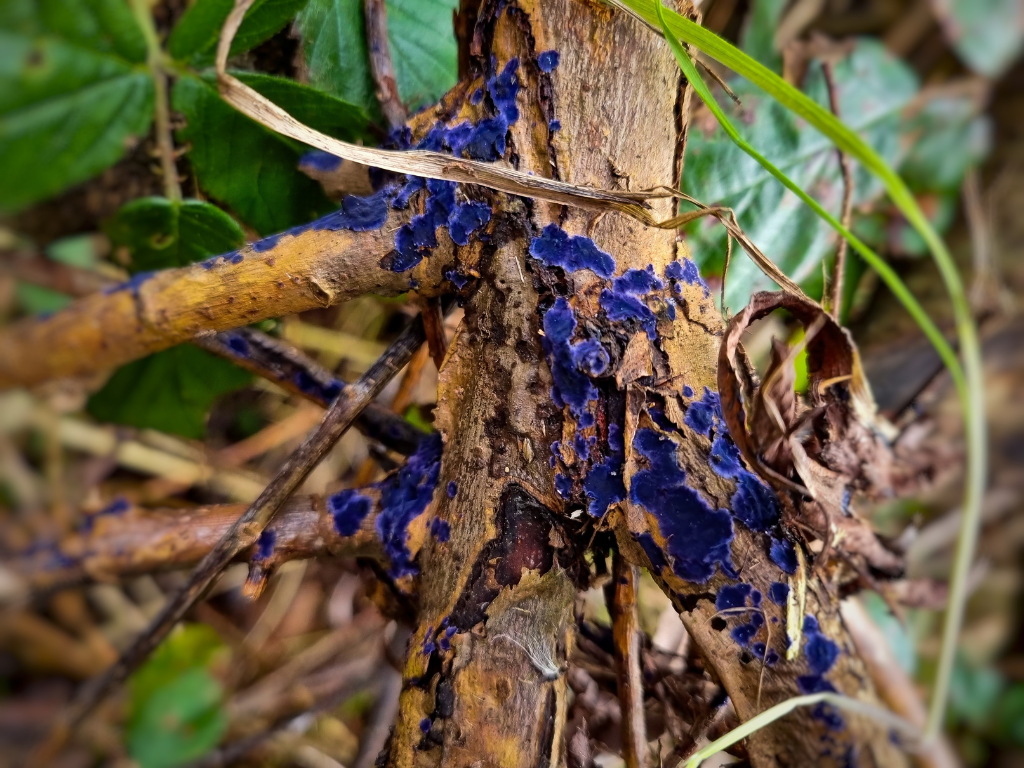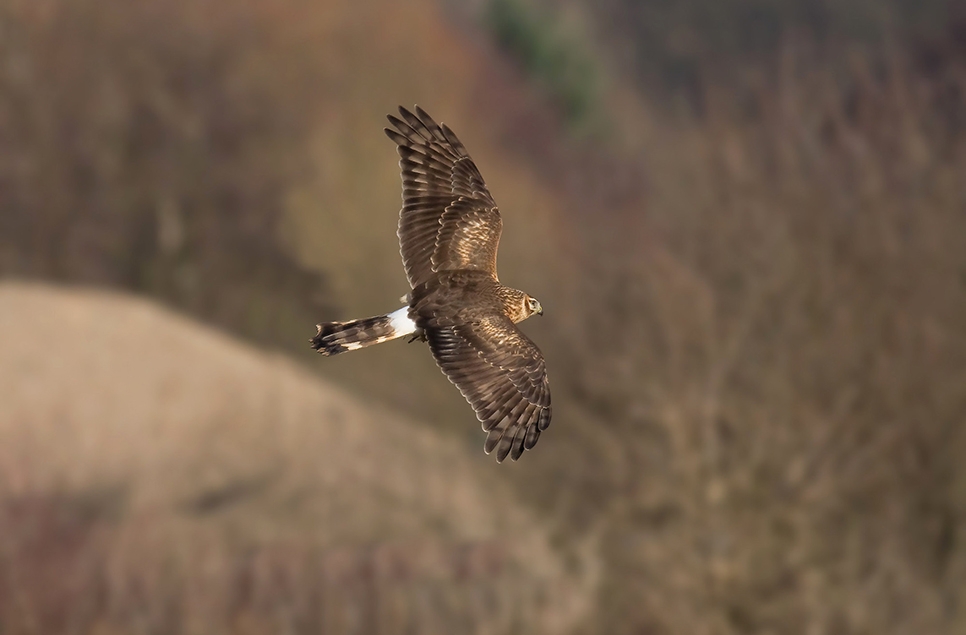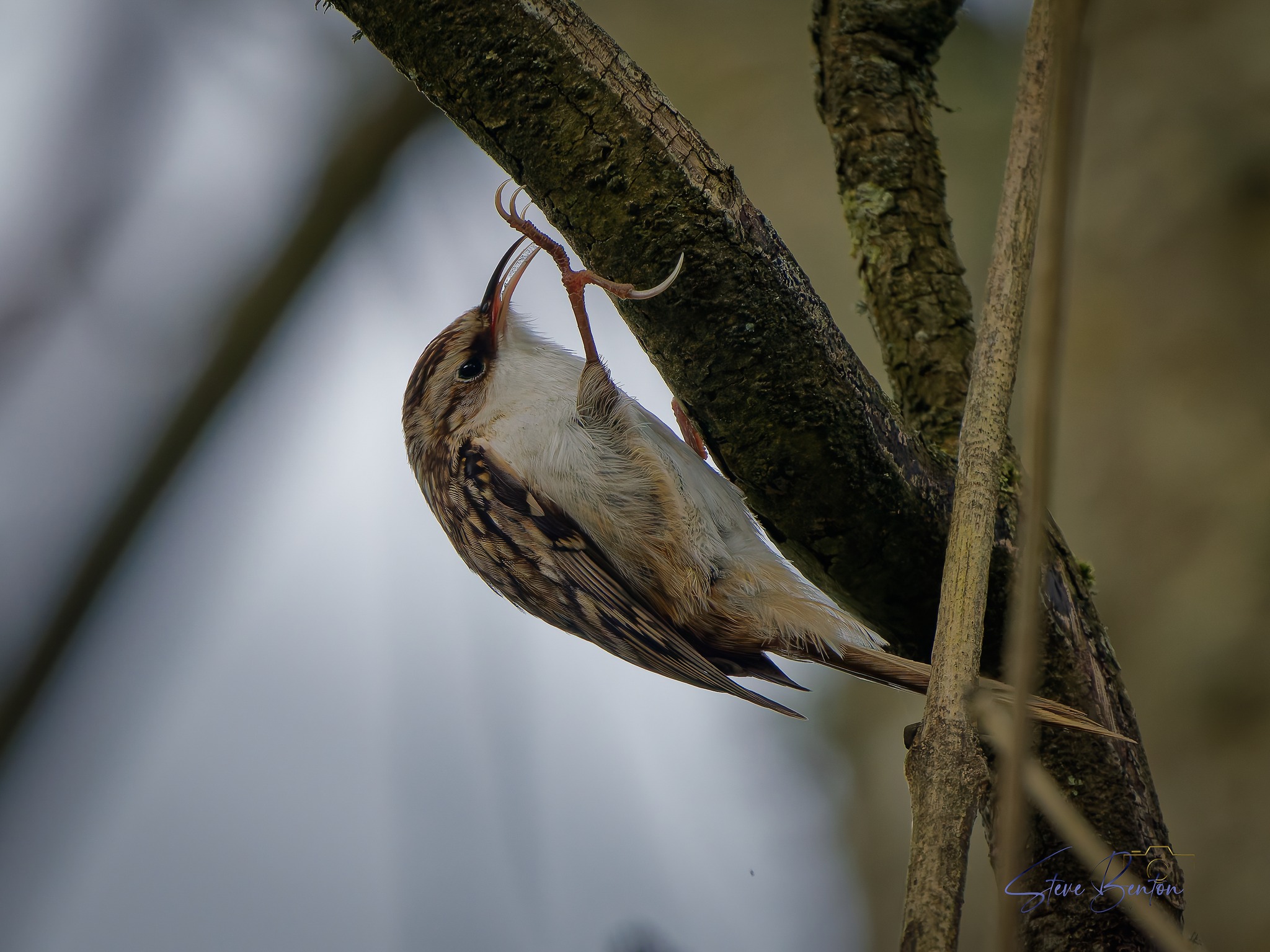Recent Sightings 5th - 11th of March
Otters in front of the Heron's wing, breeding birds, and Willow Tit rumours
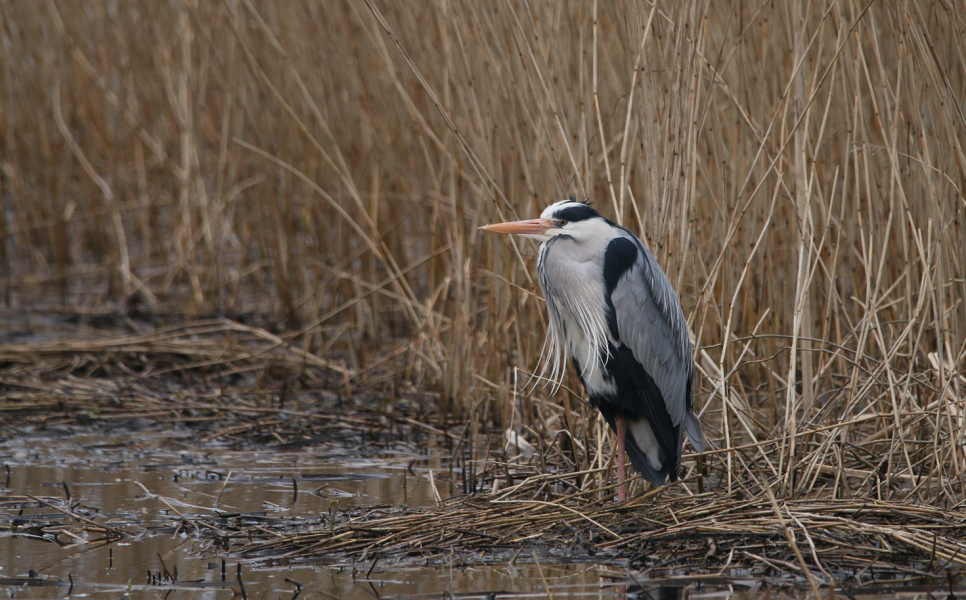
March is firmly underway and with overcast weather and some bright days thrown in for variety, we've been able to get a real sense of change in the air around the reserve. Birds have began to pair up, some are building nests, and some are already sitting on their nests with early clutches of young expected to appear out of the brush in the next few weeks.
This point of March also marks the beginning of our breeding birds survey where we turn the visual and auditory spectacle of nature into data and maps which we then take to the office. From there we can start to understand which species are present, which ones are singing or calling, and where nesting birds are beginning to show signs of nesting activity.
We compare this years data with the data we collected last year through the same surveys and we can find out what's been changing on the reserve and what's stayed the same. For example, this year's chiffchaffs are singing in roughly the same place they were singing last year which points to this being the same bird.
We've also been paying special attention to any breeding behaviours going on in the reserve. We saw Spoonbills starting to show their crests and Lapwings in full swing starting to pair up. Magpie's are quick of the draw and it was great to see pairs of them carrying twigs and sticks to their nests, where they'll soon begin to raise their families.
Along with breeding bird surveys, we've also begun conducting our Willow Tit surveys which as the name suggests, are done to help document and find the illusive Willow Tit. Unfortunately, the Willow Tit population in the UK has taken a steep dive in recent years showing a decline of 90% since 1967 which makes it all the more important that we have areas that they can find and make home so they can boost their chances of breeding.
At the start of this week a visitor reported a Willow Tit sighting nearby and as we conducted our survey in the early hours we heard a faint Willow Tit call in the distance, that only lasted for a brief moment. Whether or not this bird was a Juvenile, Adult, passing through, or looking for a breeding site, is extremely difficult to tell but It's given us plenty of hope for the Willow Tit Survey season and the Willow Tit's presence in the reserve. We will be keeping our eyes and ears open to the sounds from our woodlands for our future visits.
On the mammalian front, we've had an absolutely outstanding encounter this week. As we opened the Heron's Wing hide on Tuesday morning we saw three Otters hunting fish and dining on their catch on the small reed island right in front of the hide's windows.
One who seemed to be full of energy, would porpoise through the water splashing and dunking its way from A to B, only to somehow emerge with a fish at the end of it.
The others took a more relaxed approach to breakfast, meandering through the reeds slinking into the water before seamlessly coming back out with a silver fish in its mouth. At one point, it looked although the other was going to have a nap on the bank, probably having eaten more than it could stomach.
They stayed together hunting, playing, and venturing through the creeks and gaps in the reeds before we had to go and carry on with our day's work so it was hard to tell how long they stayed there or how long they had been there for, but it was pure luck to have such an encounter.
This experience is a testament to the Otter populations here on the reserve. We knew that they had been active as there's paw prints and spraints all across the wetlands, with the occasional lucky sighting of one in front of the hides, but having 3 Otters spending such a long time outside the hide is very special.
With an increase of Otter clues however, it is likely that they're having a spur of daylight activity and we're likely to have more sightings as the month progresses.
Glossy Ibis, Spoonbills, displaying Lapwing, Chiffchaffs, plumage changes for the Godwit, and pairs of Mediterranean Gulls are some of our notable appearances this week.
